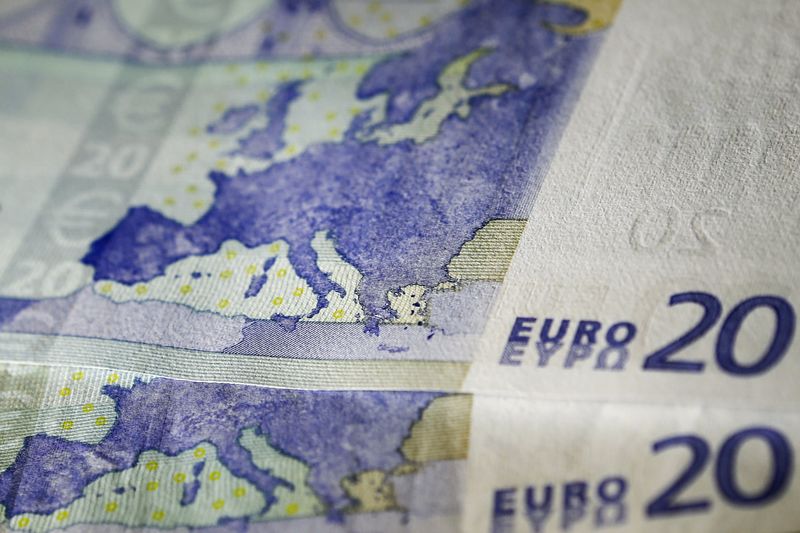(Bloomberg) -- Option traders are stacking bets that the euro’s drop versus the Swiss franc has gone too far -- and charts seem to agree.
More than 80% of contracts that changed hands since Monday were aimed at a stronger euro, data from the Depository Trust & Clearing Corporation show. That contrasts with the trend seen earlier in June, when demand for bullish and bearish options were more balanced.
Europe’s shared currency is heading for a third weekly drop against the franc -- a favorite of haven seekers during bouts of risk aversion -- on concern about a second wave of Covid-19 infections and the threat of a global trade war. A chart pattern now in the making, known as the inverted hammer, suggests that the trend is about to reverse.
A decisive euro rebound against the Swiss currency could be a sign of global market mood over the coming months -- one where the typical summer lull tempers any sentiment upheavals fueled by pandemic and economic headlines.
This week’s euro-bullish transactions in options went through amid an overall slowdown in trading flows -- and that’s significant.
The drop in volumes suggests investors see a smaller chance of market turmoil into the summer -- which would work against a haven asset such as the franc. This is also reflected in a slump in appetite for options that pay out on large moves, with a one-week demand gauge having fallen to the lowest since early March and below its past-year average.
The euro was little changed Friday around 1.0637 versus the franc in relatively quiet trading, largely dominated by quarter-end flows. Should it stay near these levels, technicals will support views for a rebound in the common currency.
The pair is about to complete a bullish pattern on the weekly chart. This points to a reversal and suggests that the latest drop was just a correction of the sharp rally seen between May 18 and June 5.
Such a formation has been seen only once since the Swiss National Bank removed the 1.20 exchange-rate floor in 2015 -- and the euro rose by more than 4% within two months after that.
- NOTE: Vassilis Karamanis is an FX and rates strategist who writes for Bloomberg. The observations he makes are his own and are not intended as investment advice.
